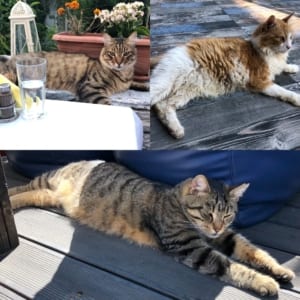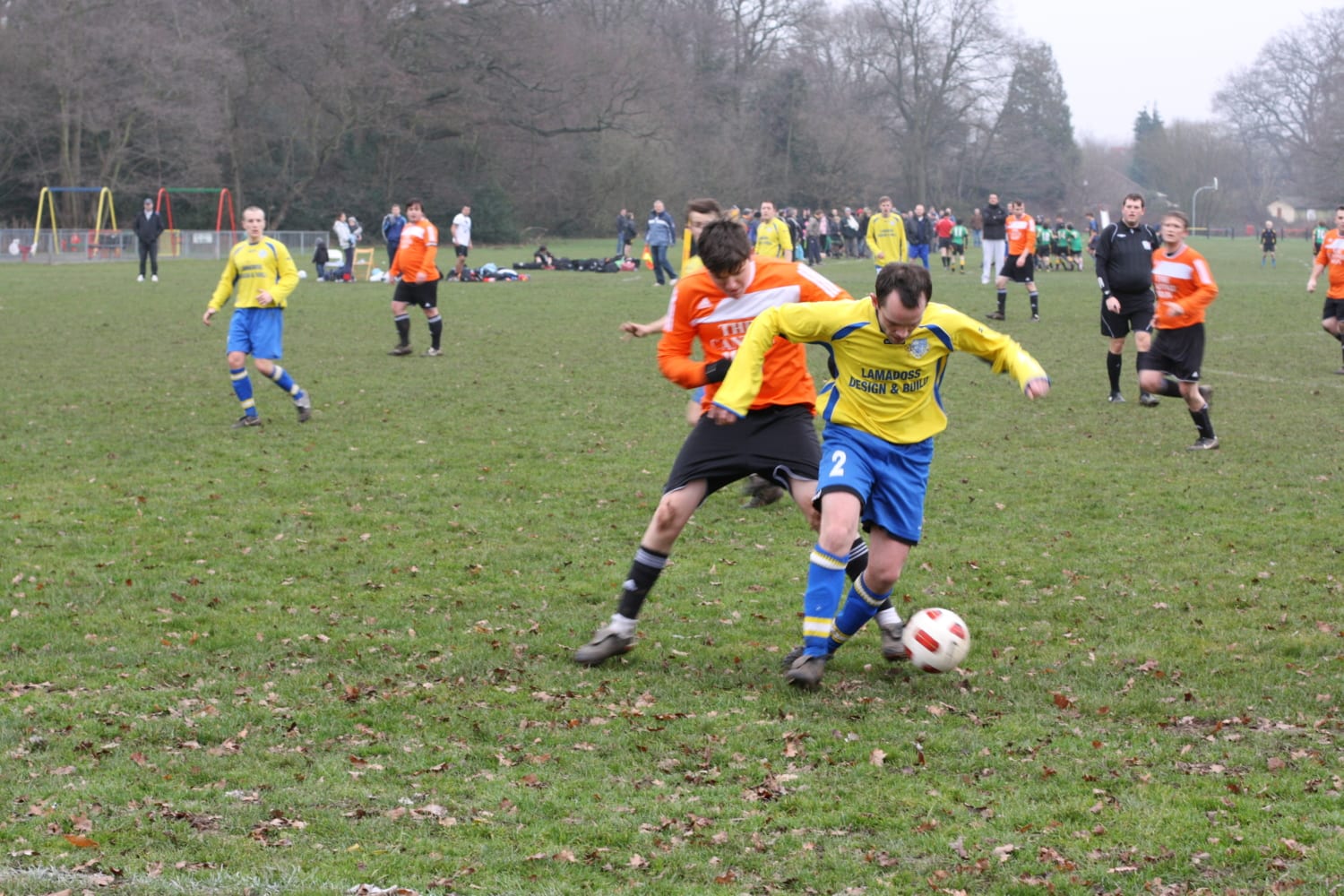Observe any cat and the chances are that they are sleeping, stretching or grooming. Cats really know how to look after number 1, ensuring
that their basic needs are met by their owners while treating themselves to plenty of R&R and time off to spruce up and look wonderful for every occasion! So, in honour of International Cat Day (on 8th August), let’s give it up for the world’s favourite pet.
Health-boosting benefits of owning a cat
While it may seem as if cats have got it all their own way it is, in fact, a two-way street. Research shows that the animals have a positive impact on the 1 cardiac health, of their owners and taking a quick catnap during the day can improve creativity, focus and productivity. Our feline friends can also help alleviate 2 stress, anxiety and depression – and teach us a lot about how to relax and live the good life.
Live like a cat
Sleeping – cats sleep between 12 and 16 hours a day, more than most other mammals and twice as much as humans, reports the University of Arizona’s Rubin Naiman in the Huffington Post. Because cats have few predators, they can sleep safely in the knowledge that they’re unlikely to be hunted while they’re dozing. We might not be able to sleep for as long as a cat but we can improve our own sleep by:
- switching off electronic devices at least 30 minutes before settling down
- getting comfortable in bed, with supportive mattress and pillows, and enough covers
- Maintaining an ambient temperature and level of darkness in the bedroom
Being active – you may think that your cat spends most of its time napping and you’d be right. But when cats move – playing or stalking prey, for example – they can be surprisingly speedy, leaping and pouncing with great strength and agility. We all know the benefits of regular exercise to the human body – weight control, flexibility, cardiovascular and other health and boosting mood to name just a few:
- Opt for at least 30 minutes’ five days a week, or more if you can manage it safely
- Limit sitting time by taking regular breaks if you work at a desk or getting up and putting the kettle during TV ad breaks at home, for example
- Build a healthy exercise habit scheduling in regular exercise and remembering to warm up beforehand and cool down afterwards
Me time – no animal is better at taking time out for themselves, whether this involves resting, playing or grooming. We can do a lot to keep stress at bay by emulating their ‘so what’ attitude (within reason, of course), and grabbing some R&R by:
- Pursuing a hobby
- Going out with friends
- Reading a book or watching your favourite show (remembering to get up during the ad breaks)
Stretching – cats stretch every time they wake up from sleep, which is often! As well as feeling good, the act of stretching loosens and realigns muscles, readying the cat for activity. It stimulates alertness by increasing blood flow to the muscles and brain. It also gets the lymph circulation on the shift, flushing out waste and toxins, including carbon dioxide and lactic acid. Stretching does much the same for humans. Over time, it also reduces tension, improves posture, strengthens and improves the flexibility of muscles (benefiting the joints) and enhances the body’s range of motion.
Safe stretching (for humans)
- Stretch on both sides of the body to keep things even
- Hold each stretch for about 30 seconds – and don’t bounce!
- Keep breathing – breathe out when going into a stretch and hold this while you inhale
- Focus on each of the different muscle groups in turn – working your way through the shoulders, neck, calves, thighs, hips, arms and the lower back
If you’re still feeling stiff and strained in your neck, arms or lower body do get in touch to see how osteopathy can help release the tension and relieve tight, inflexible muscles and bad posture.
- University of Minnesota’s Stroke Institute’s 10-year study of over 4,000 Americans, 2008.
- A study by the State University of New York reported in the journal Psychosomatic Medicine (September/October 2002).


 Many of my patients enjoy participating in different sports, ranging from a hobby of gentle walking to top-class professional athletes whose livelihood depends on peak sports performance. Whatever your own personal level of sports participation, there are three keys to maximising performance and avoiding pain.
Many of my patients enjoy participating in different sports, ranging from a hobby of gentle walking to top-class professional athletes whose livelihood depends on peak sports performance. Whatever your own personal level of sports participation, there are three keys to maximising performance and avoiding pain.